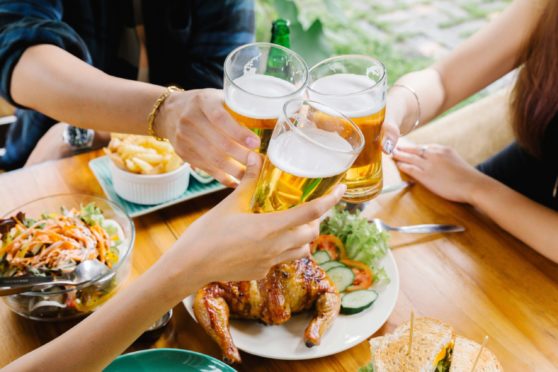Tackling high levels of obesity in Scotland and ensuring food is safe and authentic are among the priorities laid out by Food Standards Scotland (FSS) in its strategy for the next five years.
The government food agency, which aims to protect consumers from food safety risks and promote healthy eating, says a key focus of its activities between now and 2026 will be working to improve the nation’s diet.
FSS chairman Ross Finnie said Scotland’s diet was “undoubtedly one of the nation’s most significant public health challenges” and this had been highlighted during the coronavirus crisis.
“The Covid-19 pandemic has brought the need to improve Scotland’s diet into sharp focus, highlighting the need for urgent action; over-weight and obesity lead to poor health, which increases the risks from Covid-19,” said Mr Finnie.
“There has been no real improvement in the last 20 years and the pandemic is a very stark warning that further policy action is needed to tackle Scotland’s poor diet. FSS will play its part by redoubling our effort on diet and health.”
FSS chief executive, Geoff Ogle, said Brexit and the Covid-19 crisis would have an impact on the food sector for years to come, and climate change would also present future challenges to food security, nutritional quality and safety.
He added: “As well as continuing to ensure the food we eat is safe and authentic, we want to empower healthier food choices including in the out-of-home food environment such as food on the go, cafes, restaurants and take-aways.”
Both Mr Finnie and Mr Ogle said all future FSS work would be backed up by science and evidence.
When asked about the organisation’s view on gene editing – the technology is being consulted on by the UK Government and Scottish farmers have called for access to it – Mr Ogle said a full risk analysis process would need to be carried out before FSS could provide a view on its use.
He said the risk analysis would look at the technology’s safety in relation to food, consumer attitudes towards the process, and also any potential economic consequences arising from its use.
